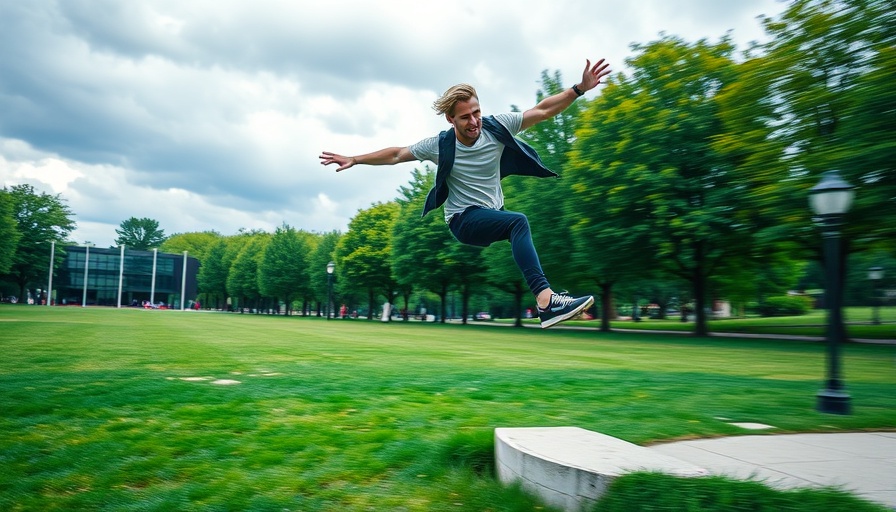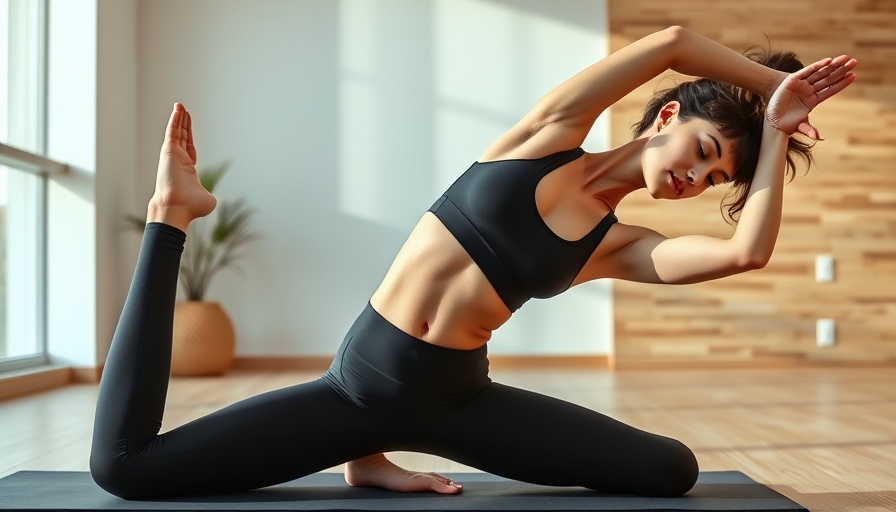
Understanding Neck Pain and Stiffness
Neck pain and stiffness are widespread problems affecting countless individuals, often stemming from our increasingly sedentary lifestyles. Furthermore, factors such as poor posture, long hours spent looking at screens, and stress can exacerbate these issues. It’s essential to recognize how these elements contribute to neck discomfort and how understanding them can empower us to take proactive measures.
Effective Techniques to Relieve Neck Pain
Utilizing a neck massager effectively can play a crucial role in alleviating pain and increasing mobility in the neck. One popular method involves using soft golf balls to facilitate self-massage. Positioning these balls against the paraspinal muscles allows for gentle manipulation of the neck through various ranges of motion. Engaging in this practice not only enhances blood circulation but also encourages muscle relaxation. This simple yet effective routine can significantly enhance your neck’s overall function.
Movements to Promote Mobility
The importance of incorporating specific movements into your daily routine cannot be overstated. Spinal mobility exercises that include right and left rotation, lateral flexion, and flexion and extension help maintain the flexibility and health of the cervical spine. By moving your head in these directions, you redistribute synovial fluid, which nourishes the cartilage and ensures fluid movement. This regular practice can stave off stiffness and promote ongoing neck health.
Preventive Measures Against Neck Issues
Prevention is often the first step in combating neck pain. Here are a few tips that can significantly decrease the likelihood of developing stiffness:
- Maintain Proper Posture: Be mindful of your posture throughout the day, especially when sitting for extended periods. Consider using ergonomic chairs and adjusting your workstation.
- Frequent Breaks: Set reminders to take breaks from screens to alleviate tension. Simple stretches can do wonders for the neck and shoulders.
- Hydration: Staying well-hydrated is essential for maintaining the elasticity and mobile function of your spine.
- Stress Management: Engage in activities like yoga or meditation to reduce overall stress levels, as tension often manifests physically in the neck.
The Importance of Regular Exercise
Daily physical activity is not just beneficial for overall fitness but is also critical for maintaining musculoskeletal health. Simple exercises such as neck rotations, chin tucks, and shoulder rolls can be integrated into your routine easily. These exercises promote blood flow and prevent muscular atrophy, keeping your neck in top shape.
Practical Tools and Techniques
Investing in tools like the aforementioned neck massager can greatly enhance your self-care routine. Additionally, using heat packs or cold compresses can provide relief from acute episodes of neck pain. Understanding how to combine these approaches will enable you to develop a personalized strategy that promotes greater health and vitality.
Common Misconceptions about Neck Health
A common misconception is that only older adults experience neck issues. However, this is untrue, as neck problems can affect individuals of all ages, especially those who maintain a static lifestyle. Letting go of these myths and understanding the realities will help individuals take necessary preventive steps to protect their necks.
Conclusion: The Path Forward
Embracing proactive measures and understanding the dynamics of neck health can transform your daily experience. By maintaining mobility and awareness of the factors affecting neck pain, individuals can take steps toward improvement. Regular practice of the methods highlighted above can yield substantial benefits, ensuring that we keep discomfort at bay. Don’t wait for pain to strike; start incorporating these habits into your daily regimen today!
 Add Row
Add Row  Add
Add 




Write A Comment